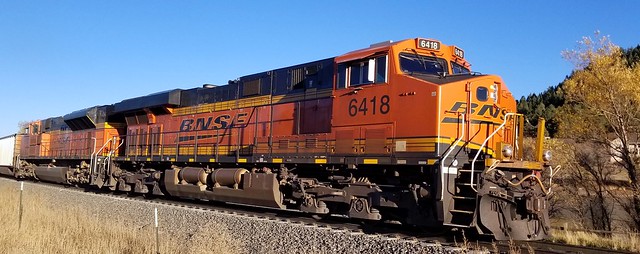Baseball fans, especially
Colorado Rockies fans, already know
Coors Field is special. Constructed between 1993 and 1995, Coors Field--named in perpetuity for
the beer that brought baseball here--became the cornerstone of a downtown Denver revitalization project, and
its effects have not stopped for nearly 30 years! This is no booster speech; it is simply acknowledging a proven fact.
Without Coors Field, it's fair to say that businessmen and builders like former-Mayor-and-then-Governor John Hickenlooper would have had much more difficulty attracting investors and generating momentum for businesses and projects that got started or are now based out of lower downtown, LoDo to the locals. Without Coors Field, the renovation and redevelopment of Denver Union Station would probably never have happened. The FasTracks rail and transit project would have been more difficult to sell and Denver's suburbs would have been as isolated as they were in the 70s and 80s, and sprawling ever outward even more than they do today. LoDo is now synonymous with revitalized and reinvigorated urbanized living. The strong popularity of such a lifestyle has produced another re- adjective: regentrification. If you have lived anywhere in Colorado in the past 25 years, you have benefitted in some small way from this LoDo effect.
All of these "re-s" have effects both bad and good. What's also apparent is that the optimism keeps popping up and spawning new challenges and opportunities. For example, I was more than a little unnerved by the relentless construction and development. Was no one going to remember the railroads of downtown or the Moffat Road depot or the lines that ran through Auraria? The viaducts or the Postal Annex, the yellow-bricked monstrosity that sat south of Union Station is gone, hauled away in 2005. What of the Denver of before?
It may not be possible to preserve everything, but we can still build with an eye to our past as well as the future. The Oxford is still with us. Denver's Union Station has never stopped serving all passenger trains climbing and descending to the Mile High City, save for a renovation. The Union Pacific Freight Office persists (at least outside) as the Denver Chop House. But I shuddered when I saw construction barricades going up right next to it. This was hallowed ground. This was where Gen. William J. Palmer laid the first rails of his beloved Baby Road, the narrow gauge Denver and Rio Grande Railroad. What were they doing to this spot? I didn't have far to look: McGregor Square.
Yes, the west corner of the giant Colorado Rockies-built development is built right off the spot in the street where Palmer spiked his rails. So imagine my surprise when I found that one of the establishments in the complex is called "Milepost Zero!" No! I thought, This can't be! Do they really know? And although it does not mention the Denver & Rio Grande or its later incarnations by name, their site says the following:
In Denver’s early days, the railroad became the center of everything. Across the street from what is now Coors Field was where the tracks began – mile post zero. Today, McGregor Square sits in the center of everything Denver has to offer.
It all starts here. Welcome to Milepost Zero.
Milepost Zero is the simply great, convenient choice in Denver’s Ballpark neighborhood. Your home-base for shopping, dining, entertainment, gameday, exploration and everything in between, Milepost Zero serves up something for everyone in the family.
Explore the concepts in our food hall, grab a drink at the bar or pour yourself a beer from our extensive Beer Wall selections. No matter what you’re in the mood for, you can enjoy your favorites in our expansive indoor space or outdoor plaza at the heart of McGregor Square. Catch the game on our giant outdoor plaza screen or just watch the action in the square while you fuel up or wind down.
When I next visit Coors Field and hopefully watch a Rockies game, I plan to visit Milepost Zero and hopefully partake and imbibe. It's the least I could do for such a history-minded proprietorship, even if the prices are above and beyond what I would usually pay.⚒


















